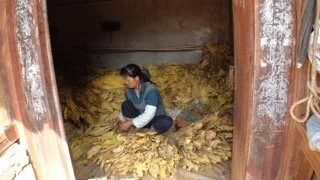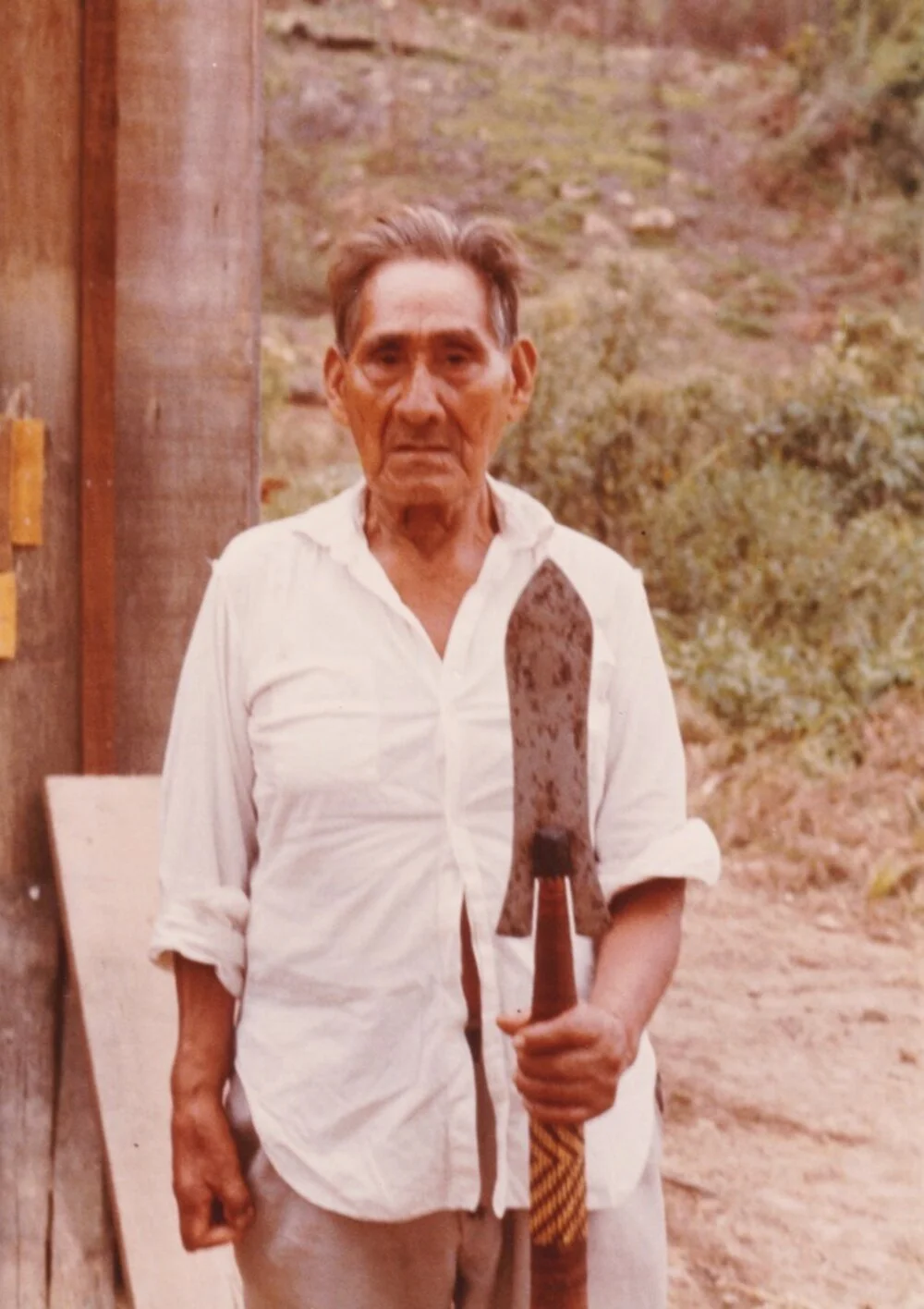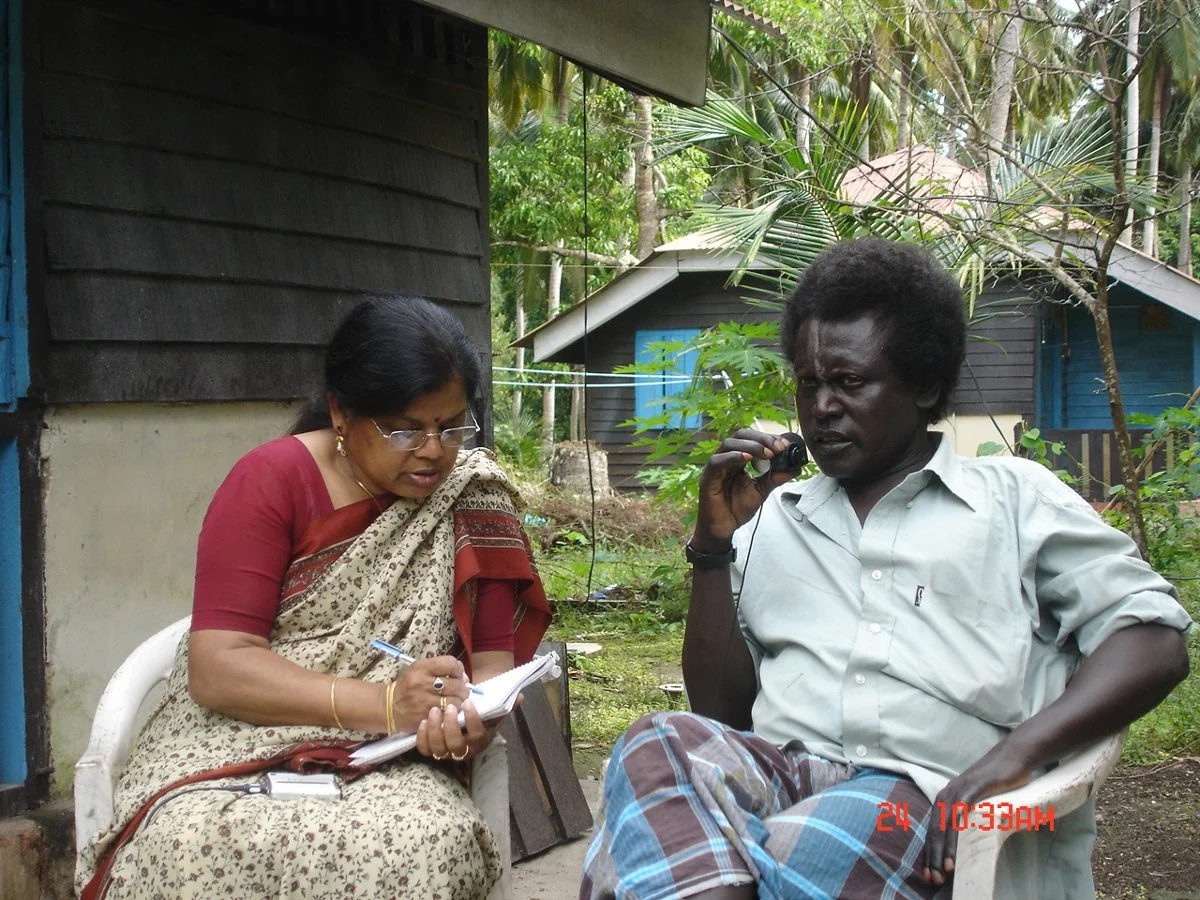STORIES
DUOXU
September 26, 2016
by Katia Chirkova
Institut national des langues
et civilisations orientales (INALCO) /
Research Center for East Asian Linguistics (CRLAO)
We tend to think of languages as means of communication shared by thousands if not millions of people. But what if the number of speakers doesn’t reach a thousand, or a hundred, or even ten? What if the number of proficient speakers is down to just one? In that case, the last speaker essentially *is* the language, as the language solely resides in that one person. For the Duoxu language, the last remaining proficient speaker is Mr. Wu Rongfu.
In my work as a linguist, I never thought of a language, any language, in terms of one singular speaker. Even when working with endangered languages, those whose best speakers are in the grandparent generation, I always had a sense that there were more competent speakers than just my trusted language consultants, perhaps in other villages or townships, speaking and thinking the language and passing it down through generations. That was before I started working on the Duoxu language.
When I first arrived in Mianning, where it used to be spoken, Duoxu was used highly fragmentarily by fewer than ten elderly women and men. Most could only speak some words or sentences, or they had memorized a story or a song in Duoxu. In its most complete and conservative form, the language resided in just one person, Wu Rongfu, a quiet and kind elderly gentleman. Among his peers, no one paralleled his rich vocabulary, intact phonology, and versatile grammar. Sadly, Mr. Wu preserved the language so well for the same reasons that made him a not-so-useful language consultant: he is introverted, does not like to talk, does not remember traditional stories (and never liked them anyway), and he cannot sing or narrate, even when given seemingly easy topics such as everyday life, household tasks, or family. Still, realizing the perilous state of Duoxu, Mr Wu gladly contributed to our documentation project.
From Mr. Wu’s most complete command of Duoxu, we attempted to reawaken the language in the few other speakers. Working with the few remaining speakers at the same time allowed us to combine their complementary skills (such as singing songs or telling stories in Duoxu), and to share their language knowledge. The few excerpts on this website reflect the different skills of various speakers and the atmosphere of our meetings.
We hope that our efforts help those more fragmentary speakers to regain some of their prior knowledge of Duoxu. And perhaps, with the help of the data we collected (recordings, video, stories, songs, conversations), we might be able to pass that fragile, at times uncertain, but endearing and very personal Duoxu language, on to new speakers.
Links:
www.katia-chirkova.info/projects/ersu-xumi/
www.katia-chirkova.info/publications/
www.katia-chirkova.info/resources/publications/KC2015Duoxu.pdf
www.katia-chirkova.info/resources/publications/KC2014Ersu-Lizu-Duoxu.pdf
www.katia-chirkova.info/pictures/mianning/
www.katia-chirkova.info/sounds/north-wind-and-sun/
Dehe WANG blog, one of the linguist’s Chinese collaborators who is doing fieldwork on Duoxu.
wdh51818.blog.163.com
CONTINUE READING STORIES















